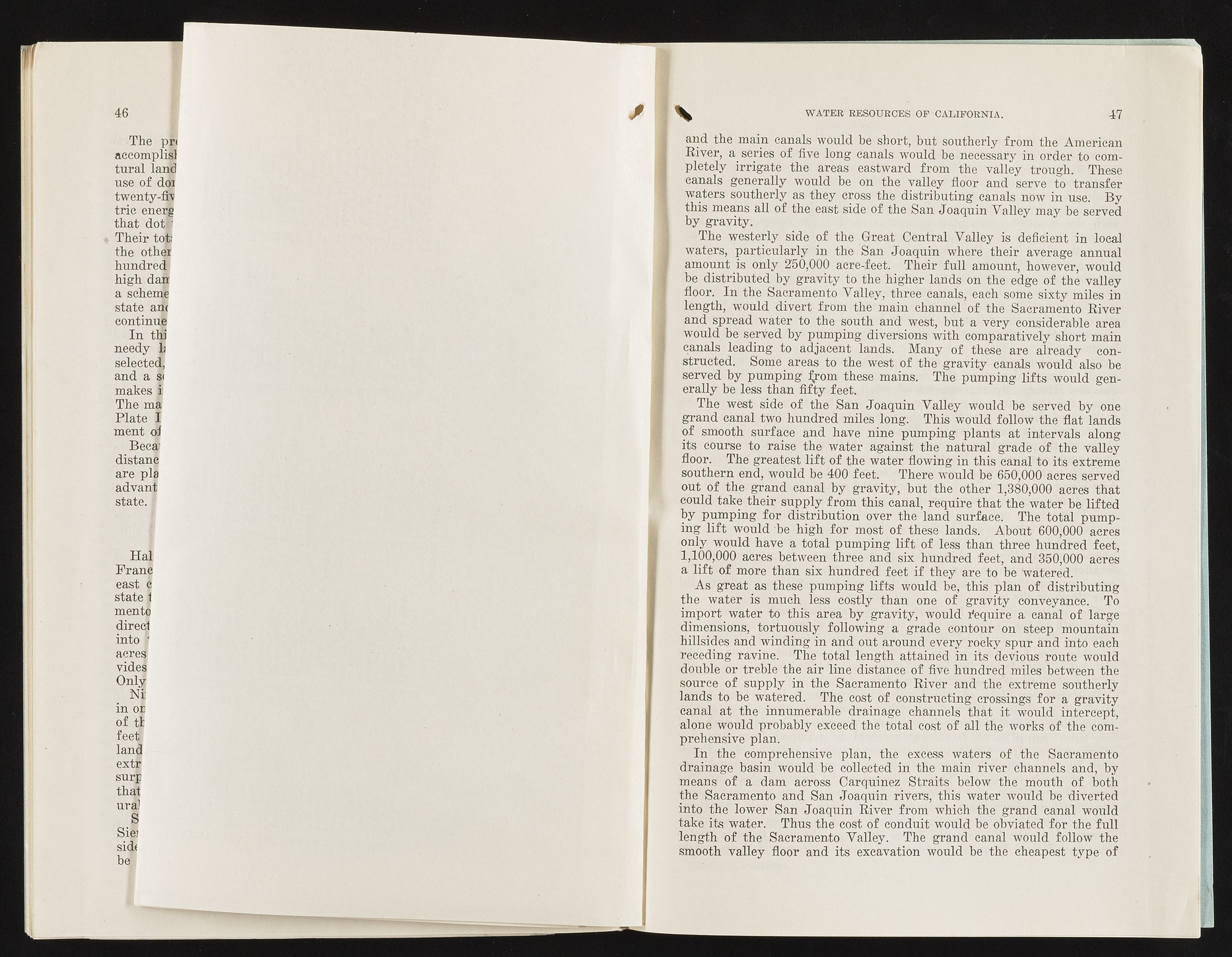Copyright & Fair-use Agreement
UNLV Special Collections provides copies of materials to facilitate private study, scholarship, or research. Material not in the public domain may be used according to fair use of copyrighted materials as defined by copyright law. Please cite us.
Please note that UNLV may not own the copyright to these materials and cannot provide permission to publish or distribute materials when UNLV is not the copyright holder. The user is solely responsible for determining the copyright status of materials and obtaining permission to use material from the copyright holder and for determining whether any permissions relating to any other rights are necessary for the intended use, and for obtaining all required permissions beyond that allowed by fair use.
Read more about our reproduction and use policy.
I agree.Information
Digital ID
Permalink
Details
Member of
More Info
Rights
Digital Provenance
Publisher
Transcription
4 6 The p:p< aecomplis] tural land use. of dor twenty-fiis trie energ that dot!' Their tofe the other hundred high dair a scheme state ah< continue In tlfl needy If selected, and a St makes i The ma Plate I ment ol Bee® distanc are pla advant state. I Hal Franc east c state t men to direct into acres vide® Only N j in o| of tl feet| land extr surp that ura! I Si|i si(J< be; WATER RESOURCES OP CALIFORNIA. 47 and the main canals would be short, but southerly from the American River, a series of five long canals would be necessary in order to completely irrigate the areas eastward from the valley trough. These canals generally would be on the valley floor and serve to transfer waters southerly as they cross the distributing canals now in use. By this means all of the east side of the San Joaquin Valley may be served by gravity. The westerly side of the Great Central Valley is deficient in local waters, particularly in the San Joaquin where their average annual amount is only 250,000 acre-feet; Their full amount, however, would be distributed by gravity to the higher lands on the edge of the valley floor. In the Sacramento Valley, three canals, each some sixty miles in length, would divert from the main channel of the Sacramento River and spread water to the south and west, but a very considerable area would be served by pumping diversions with comparatively short main canals leading to adjacent lands. Many of these are already constructed. Some areas to the west of the gravity canals would also be served by pumping fjrom these mains. The pumping lifts would generally be less than fifty feet. The west side o f the San Joaquin Valley would be served by one grand canal two hundred miles long. This would follow the flat lands of smooth surface and have nine pumping plants at intervals along its course to raise the water against the natural grade of the valley floor. The greatest lift of the water flowing in this canal to its extreme southern end, would be 400 feet. There would be 650,000 acres served out of the grand canal by gravity, but the other 1,380,000 acres that could take their supply from this canal, require that the water be lifted by pumping for distribution over the land surface. The total pumping lift would be high for most of these lands. About 600,000 acres only would have a total pumping lift of less than three hundred feet, 1,100,000 acres between three and six hundred feet, and 350,000 acres a lift of more than six hundred feet if they are to be watered. As great as these pumping lifts would be, this plan of distributing the water is much less costly than one of gravity conveyance. To import water to this area by gravity, would Require a canal of large dimensions, tortuously following a grade contour on steep mountain hillsides and winding in and out around every rocky spur and into each receding ravine. The total length attained in its devious route would double or treble the air line distance of five hundred miles between the souree o f supply in the Sacramento River and the extreme southerly lands to be watered. The cost of constructing crossings for a gravity canal at the innumerable drainage channels that it would intercept, alone would probably exceed the total cost o f all the works of the comprehensive plan. In the comprehensive plan, the excess waters of the Sacramento drainage basin would be collected in the main river channels and, by means of a dam across Carquinez Straits below the mouth of both the Sacramento and San Joaquin rivers, this water would be diverted into the lower San Joaquin River from which the grand eanal would take its water. Thus the cost of conduit would be obviated for the full length of the Sacramento Valley. The grand canal would follow the smooth valley floor and its excavation would be the cheapest type of X

